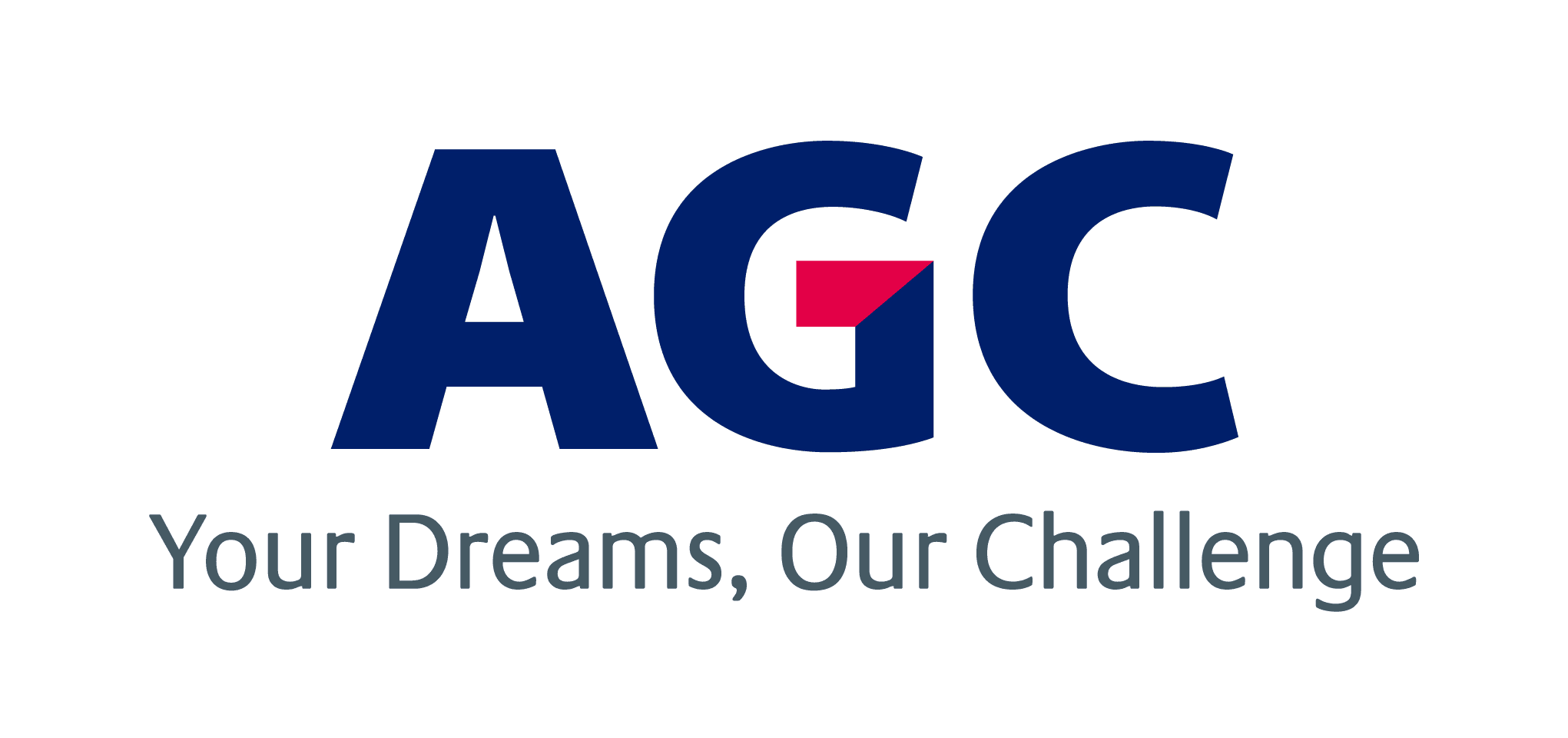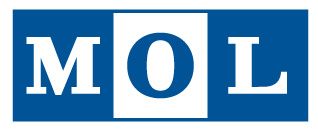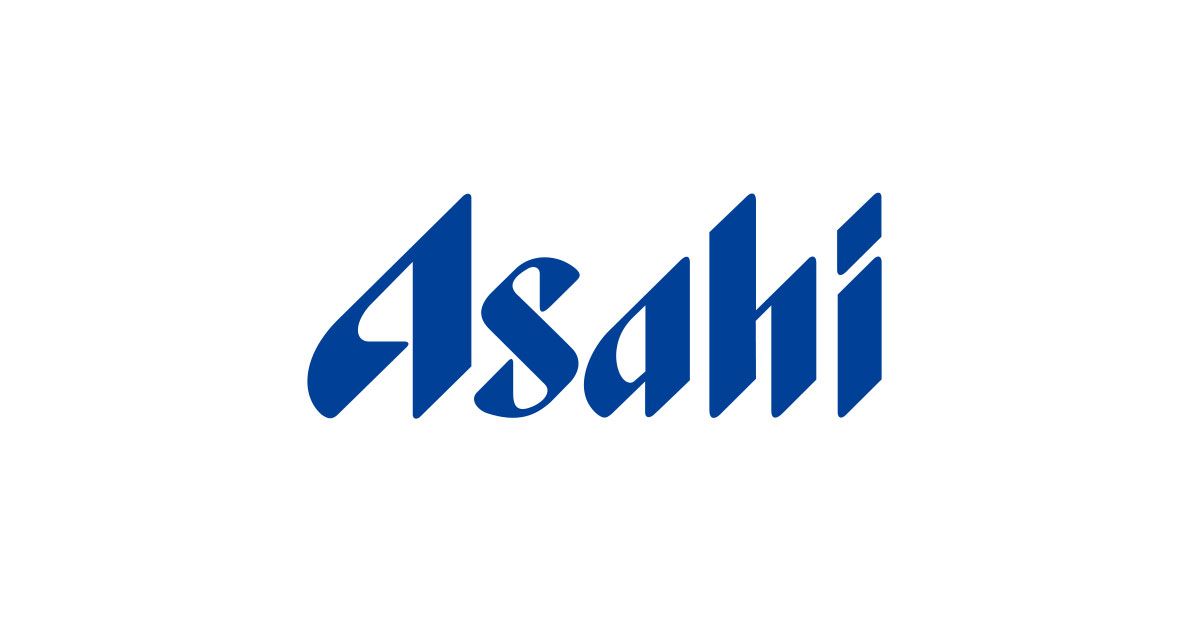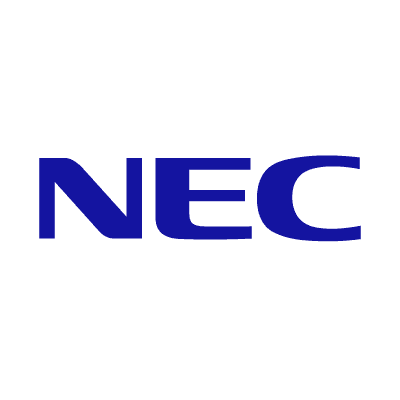DISPLAY EXHIBITORS

Introducing decarbonization technologies and efforts that support global decarbonization, Japan’s realization of carbon neutrality by 2050, and climate change adaptation.
EXHIBITORS
- Asahi Group Holdings, Ltd.
- AGC Inc.
- SB Power Corp./ENCORED JAPAN Inc.
- Mitsui O.S.K. Lines
- SPACECOOL INC.
- DAIKIN INDUSTRIES, LTD.
- TAISEI CORPORATION
- Daihatsu Motor Co., Ltd.
- Adaptation Consortium Prep Office (NEC Corporation, etc.)
- TOSHIBA CORPORATION
- JGC HOLDINGS CORPORATION
- Panasonic Holdings Corporation
- Hitachi, Ltd.
- Mitsubishi Heavy Industries, Ltd.
Detailed Category
Energy
-

SCiB™ optimizes battery systems from a product lifecycle perspective
"Generation", “Transmission", "Storage", and "Smart-use". Toshiba's total energy solution that contributes to a carbon-neutral society
From power generation to transmission and distribution, energy storage, energy conservation, and effective use, we ensure a stable energy supply as well as reduce greenhouse gas emissions in every corner of society. Applying advantages of high safety, long life and rapid charging to EV bus case, the number of buses and battery capacity can be reduced. Consequently, "larger cabins" and "improved energy consumption costs through weight reduction" are realized. A carbon-neutral society requires diverse technologies. Toshiba provides a full lineup of energy solutions from upstream to downstream.
Regarding transmission and distribution networks, we have released AEROXIA™, an environmentally friendly, safe, and secure power facility that uses natural-origin gas instead of SF6 (sulfur hexafluoride) gas which has a very strong greenhouse effect.
Regarding storage and smart-use of energy, rechargeable battery SCiB™ using lithium titanium oxide (LTO) in its anode, which is unique from conventional lithium-ion batteries, has excellent characteristics such as high safety, long life and rapid charging, optimizing the lifecycle cost through efficient use of energy.
Furthermore, P2C (Power to Chemicals) is a technology to convert CO2 into resources, and produces synthetic fuels and chemical products without using fossil feedstock.Toshiba contributes to the realization of a carbon-neutral society through total energy solutions.
-

Independent Distributed Energy Solution (Local power and Local consumption)
Contributing to the continuation of daily life by backing up electricity even in disasters and emergencies
Our 804cm2 cells’ 17.9% efficiency was the world record for a perovskite solar cell of that size in 2020 according to charts maintained by the US National Renewable Energy Lab. The power system integrates and controls hydrogen fuel cell generators, photovoltaic generators, and storage batteries We achieve local production and local consumption of CO2-free energy through an energy independent distributed solution that combines power generation devices and power storage devices using energy management technology. In addition, we will support the continuation of daily life by backing up electricity and supplying electricity to the region even in the event of a disaster caused by climate change.
-

Innovative Technologies of Hydrogen Power Generation and Hydrogen Production for Energy Transition
Powering a Hydrogen Economy for a Net Zero Future
Takasago Hydrogen Park: World's largest hub for integrated hydrogen production, storage, and utilization for technology validation and scaled commercial operation. ADVANCED CLEAN ENERGY STORAGE HUB, UTAH, USA TECHNOLOGY: integrated hydrogen production equipment and electrolyzers At Mitsubishi Heavy Industries, Ltd., we are pioneering solutions to accelerate the energy transition for a decarbonized future.
Creating a hydrogen ecosystem for a decarbonized future.- -Hydrogen-fired gas turbines towards zero carbon emissions
- -Takasago Hydrogen Park, the world's first integrated validation facility for hydrogen technologies from hydrogen production to power generation
- -Advanced Clean Energy Storage project in Utah, USA, an industry and utility-scale, clean hydrogen facility for hydrogen production and storage
Decarbonization solutions by MHI Group's CCUS value chain
Contributing to carbon neutrality through MHI's strength ~CO₂ Capture, LCO₂ Carrier, CO₂ Compressor, etc.~
Mission Net Zero:MHI Group's Declaration to achieve Carbon Neutral by 2040 MHI Group's CCUS value chain To achieve decarbonized society, it is necessary to have both "CO₂ reduction" and "CO₂ recovery" activities. Even if CO₂ emissions are reduced in various ways, there are industrial sectors where CO₂ emissions are inevitable in order to continue economic and social activities. To recover CO₂ in these sectors, it is necessary to capture, transportation, recycle, and storage emitted CO₂ (CCUS). Mitsubishi Heavy Industries Group has a wide range of products and services that make up CCUS, such as CO₂ Capture System, CO₂ Liquefaction System, Liquefied CO₂ Carrier, and CO₂ Compressor. Through the provision of these decarbonization solutions, we will contribute to the early realization of carbon neutrality by establishing CCUS value chain.
-

Hitachi Aims to Balance Planetary Boundaries and Wellbeing
As a Climate Change Innovator, we aim to achieve a decarbonized, resource-efficient society in harmony with nature.
Using data and technology, Hitachi co-creates infrastructure with customers and partners around the world, generating new value while balancing Planetary Boundaries and wellbeing.
Our strength is integrating IT, Operational Technology and products. Based on our customers' needs, we offer digitally connected solutions covering everything from planning to system/asset building, operation and maintenance.
This exhibit shows our sustainability initiatives around:
- - Energy: Digital-driven grid solutions supporting the introduction of non-fossil-fuel-based power
- - Mobility: Solutions such as electrification, fleet management and MaaS for environmental impact reduction and urban revitalization
- - Industry: Energy-efficient products and solutions for resource circulation maximizing asset value
Residence
-

Technologies to realize Zero Carbon Building
①“T-Zone Saver®”
The “T-Zone Saver®” is developed to control lighting and air conditioning with a single sensor to detect the human body.⑤“T-WOOD® SPACE”
Japan's largest architectural space with Cross Laminated Timber (CLT) Structure.
A large space spanning 12 meters, as the largest CLT structure in Japan, is realized.In order to promote the construction of Zero Carbon Buildings that enables us to achieve net zero CO2 emissions during the life cycle of the structure, Taisei Corporation first visualized the CO2 emissions throughout the building's life cycle and the effectiveness of CO2 reduction technologies at the initial planning stage, and then established a T-ZCB (Zero Carbon Building) as a system that systematically evaluates the decarbonization of the structure.
Here are five technologies to realize Zero Carbon Buildings.(Energy Saving)
- ① ”T-Zone Saver®, ” an advanced energy-saving automatic environmental control system for lighting and air conditioning
- ② ”T-Light® Blind,” which improves comfort and energy saving by leading natural light.
(Energy Creation)
- ③ ”T-Green® Multi Solar,” a glass-integrated solar power generation system that generates electricity from the exterior of buildings (walls and windows) and from glass handrails on balconies
(Decarbonization)
- ④ ”T-eConcrete® Series” Environmentally-friendly concrete
- ⑤ ”T-WOOD® Series” Technology of wooden and advanced wood architecture
-

High-efficient inverter air conditioners which contribute to 50% energy savings
Inverter technology offers significant energy savings for air conditioners, which use 10% of the world's electricity.
Approximately 10% of all electricity in the world is consumed by air conditioners.
*Our calculation based on IEA/UNEP "Cooling Emissions and Policy Synthesis Report”By precisely controlling the compressor, the heart of an air conditioner. air conditioners equipped with inverters can achieve both a significant reduction in power consumption and comfort. The G7 and G20 highlighted the importance of enhanced energy efficiency as the “first fuel” to achieve net-zero emissions by 2050 at the latest. Currently, Air Conditioners(AC) account for about 10% of the world’s total electricity demand, but development in emerging countries has been increasing energy demand for AC on average 4% per year. High-efficient inverter AC precisely controls the rotation speed of the air conditioner compressor in line with ambient conditions to reduce power consumption. While the ratio of inverter AC has reached nearly 100% in markets such as Japan and Europe, such levels are still low in the whole world. Through this exhibition, we will introduce you of the potential of inverter AC for decarbonization and the advantages of Daikin's high-efficient inverter AC.
-

Adaptation and Mitigation of Climate Change with Radiative cooling material "SPACECOOL"
Delivering natural coolness in a safe, electricity-free way all over the world.
Concept of the material SPACECOOL® Film (White,Silver) SPACECOOL, an electricity-free radiative cooling material uses optical control technology to suppress heat input from sunlight while releasing heat into outer space through an atmospheric window, thereby maintaining temperatures below ambient air even under direct sunlight without consuming any energy. In a cooling performance test, the temperature was reduced by 40°C compared to a sample without the film. SPACECOOL maintains temperatures below ambient air temperature both day and night.
It has already been used in a wide range of applications, contributing to the improvement of the thermal environment for people, goods, and society around the world by preventing heat stroke, suppressing breakdowns of outdoor electronic equipment, and reducing power consumption in buildings. -

Building Integrated Photovoltaics (BIPV) "SunEwat"
Can be used in various areas of the building and create energy while leading the light into building.
With Vision Square, cells, shapes, any types of glass can be used creatively to highlight the use of green energy while keeping the function of the glazing. Artlite Active is an opaque BIPV solution.
Panels are a combination of photovoltaic material covered, through a raster pattern, by a full-colour visual that can be designed by the customer himself.This is a solar cell module integrated with building glass materials, which can be combined with LOW-E glass to provide high heat shielding and thermal insulation, while at the same time allowing for the creation of daylight. The light-transparency and durability of glass can be utilized in various areas of the building to create energy while allowing light to enter the building.
The size, shape, thickness, and arrangement of cells can all be customized to suit individual buildings, so it can be used for windows, exterior walls, skylights, canopies, railings, etc.
Vision Square, the most standard building-integrated photovoltaic module (BIPV), generates approximately 180 Wp/m2. -

Demand Response for Households
"Demand Response for Households" is the largest behavior-changing demand response service for households in Japan
Fig.1:Overview of "Demand Response for Households" Fig.2:How to join to electricity-saving of "Demand Response for Households" "Demand Response for Households" is a behavior-changing demand response service that encourages customers to save energy through a dedicated smartphone app(Fig.1, Fig2). By implementing this service, energy utilities can either restrict or shift household peak electricity demand, while simultaneously reducing household CO2 emissions. Since this service is a packaged product, energy utilities can implement it in a short period and at a low cost.
As of the end of March 2023, this service is being used by 1.2M households who are customers of SB Power. In the fiscal year 2022, the service reduced CO2 emissions by 9,400t, equivalent to the annual CO2 emissions produced by approximately 3,400 households. The total number of households using this service across all energy utilities exceeds 3M.
Mobility
-

Entering a New Stage of Wind Power Utilization ”Wind Challenger & Wind Hunter"
Utilizing Clean Energy to Produce Clean Energy ~building a circular economy in the shipping industry~
"SHOFU maru" is the first vessel to be equipped with the next-generation wind propulsion hard sail Wind Challenger, which utilizes wind power, a renewable energy source, for vessel propulsion This is a Wind Hunter CG, which generates and transports hydrogen with the wind. We pursue developing technology utilizing wind and expanding into hydrogen production beyond transportation. "Wind Challenger"
Wind Challenger converts wind energy directly into propulsion for vessels using elastic rigid-wing sails. The solution can be applied to a wide variety of vessels without interfering with existing energy-saving devices. Multiple sails configuration enables further GHG reduction. We aim to reduce GHG emissions by reviving sail vessels based on a new idea."Wind Hunter"
The Wind hunter Project is a hydrogen production vessel developed by combining sail technology which utilizes offshore wind energy for navigation and technology that generates hydrogen using wind energy.
By pursuing the potential of offshore wind energy, we will actively participate in the development of clean energy supply chains and contribute to the realization of a decarbonized society. -

Decarbonization by Local SDGs
San Pou Yoshi = Win-Win for AllBiogas project addresses local challenges by resource circulation on Nature-based Solutions with "Together for Action"
We tackle to creating a sustainable cycle of resources and energy in local towns based on Nature-based Solutions. This approach can be applied anywhere in the world as a local SDGs. We developed low-moisture methane fermentation process and plant which is simplified with automotive manufacturing know-how. The decarbonization in the industrial sector triggered "Together for Action". The local main industries, crops and livestock farmers, and the automobile industry, each have their own challenges: organic farming of Omi Rice, waste management of Omi cattle dung, and decarbonization of high-temperature heating.
- The automobile industry processes Omi cattle dung into biogas and compost, and the gas is burned in a furnace.
- Crops farmers use the compost to produce organic Omi Rice.
- Livestock farmers use the Omi Rice straw to feed Omi cattle.
- This sustainable cycle of resources creates a Nature-based solution to each of challenges.
- Collaboration between local government and local industries helps to achieve SDG No. 17.
- Local SDGs, "San Pou Yoshi" is a principle that can be applied globally.
Industry
-

"RePEaT PROCESS" for PET Chemical Recycling
RePEaT PROCESS performs de-polymerization and purification of PET, which enables production of virgin equivalent PET
RePEaT PROCESS Flow Scheme Concept for implementation of RePEaT Process Polyester (PET) is one of the major polymer which has been used widely, such as, plastic bottle, food package, fiber and film. RePEaT PROCESS de-composes the PET into minimum molecule unit, called monomer, then performs purification. These process enables removal of impurities and dye staff contained in the feedstock, and therefore, it is possible to produce virgin equivalent R-PET. RePEaT PROCESS is commercially proven and will contributes to reduce the fossil resource consumption because the process is useful to recycle products which are difficult to handle by mechanical recycling due to the impurities and its color.
JGC group provides the RePEaT PROCESS all over the world as a license package through the joint venture company RePEaT Co., Ltd. founded by JGC HD, TEIJIN and ITOCHU. -

Development of SOFC power generation using biomethane from Brewerie's wastewater
Brewery wastewater contains few poisonous substances for fuel cells. We developed new technology to reduce them further.
Photo of Wastewater treatment plant, Biomethane gas refining plant, and the 200 kW solid oxide fuel cell (SOFC) in operation at the Asahi Breweries Ibaraki plant. Schematic Flow Diagram of SOFC power generation using biomethane from Brewerie's wastewater Asahi Group Holdings, Sumitomo Mitsui Finance & Leasing (SMFL), Kyushu University, has developed a technology to generate electricity with a 200 kW fuel cell by highly refining biomethane gas, a by-product of the wastewater treatment process of Brewery, supported by the Ministry of the Environment.The system had been in continuous operation for 16,458 hours.Methane has traditionally been used as a source of combustion heat, but we believe it can contribute to the diversification of the energy portfolio by providing society with an economical, low-carbon reason.Asahi aim to expand this technology by simplifying refining process in the future.SMFL will support the spread of fuel cells by providing various financial services, including leasing, to provide funding and reduce initial costs.
Adaptation
-

Digital Transformation to accelerate Adaptation Finance for Climate Change
Quantitatively assess the validity of disaster mitigation and the environmental value of disaster preparation to respond to intensify disasters, to encourage the flow of private sector funds into adaptation
Overview of Adaptation Finance for Climate Change
~ Assessment of climate change risk, effectiveness of disaster prevention measures, and disaster mitigation value ~Creating Value through Digital Transformation of Adaptation Finance
~ Creating value in disaster mitigation by implementing disaster prevention solutions ~To achieve carbon neutrality, it's important to control CO2 emissions generated as a result of disaster recovery. To this end, it's desirable to increase the inflow of not only public funds but also private-sector funds to promote the adaptation projects to cope with extreme weather. Therefore, we'll create and globally disseminate "Digital Transformation to accelerate Adaptation Finance for Climate Change," a financial scheme to attract private-sector funds for adaptation projects, based on the advanced efforts and disaster prevention solutions of Japan, a disaster-prone country. Specifically, we'll create a mechanism to visualize the disaster prevention and environmental value of adaptation projects prior to their introduction by utilizing wide-area sensing technology, digital twin technology, etc., and convert them into economic value (premium) that is attractive to investors.
